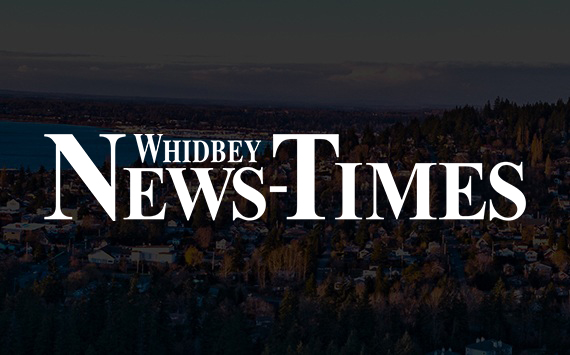Planners hope the second time is the charm to get the zoning changed that will allow expansion of the Casey Conference Center overlooking Admiralty Inlet on Central Whidbey.
Seattle Pacific University officials unveiled new expansion plans this week and applied with the county to designate the conference center as an “existing master planned resort.”
The plans show that the university wants to eventually build six retreat buildings and 40 cabins in addition to infrastructure improvements to the 82-acre center.
The retreat buildings will feature eight townhouse-style units with a common meeting area. Those buildings are suited for fellowship groups, alumni meetings, and elder hostel groups.
The university tried to get more elaborate plans approved several years ago. That plan was bigger and included construction of buildings and a road in a sensitive forested area behind the Fort Casey Inn. However, the Whidbey Environmental Action Network appealed to the state Growth Management Hearings Board because of the concerns the group had about the project’s impacts on a nearby, critically-sensitive wooded area. The Hearings Board pretty much agreed with WEAN and invalidated the special review district in 2003 and it was switched back to its original rural designation.
Steve Erickson, WEAN spokesman, said it was hard to comment on SPU’s proposal because he hadn’t examined the master plan yet. Only the media were invited to the SPU public announcement.
There are a number of changes in the new plan. The planned buildings fall outside the boundary of the sensitive “heritage forest” and inside a wooded area closer to the current buildings at the center. Instead of 50 cabins, there will only 40 built. There are also plans for a sewer system that will recycle the water to be used to irrigate the parade grounds.
“We think we’ve addressed the issues that were made in the appeal,” said Rolfe Kellor, a consultant hired by Seattle Pacific University.
There are also aspects of the plan that utilize low impact development standards such as bioswales. Water was an issue that caused trouble in the original plan, which had a provision for a desalinization plant to be installed. Now that Coupeville has a service area that includes much of Central Whidbey Island, SPU would look to the town to provide water, Kellor said.
The university wants to expand the conference center in hopes of making it self sustaining by attracting more adult-oriented retreats and events. By attracting those events, it should bring in more revenue that could be used to fix the current buildings.
SPU studied what improvements the center needed in 1995. That study identified $2 million worth of improvements needed to the center. That amount is surely more today.
“What’s happening here is this place is deteriorating,” said Donald Mortenson, vice president for business and planning for Seattle Pacific University.
He said it costs approximately $1.1 million a year to operate the center. The center generates between $50,000 and $100,000 a year for capital improvements.
“This has to be a self-sustaining operation,” Mortenson said.
The SPU study concluded that it would be best to keep the property and find money to maintain the center. That money could be found either by selling some of the land or improving the conference activities.
In addition to the planned improvements for the center, SPU did sell 32 acres of the Bocker Reserve to the Whidbey Camano Land Trust in 2004 for $2.25 million.
Once complete, the center would have approximately 312 additional beds, bringing the total to 982 beds. In addition to the extra living space, there will also be a new education center that doubles as a chapel and additions to the Sea Lab and Mess Hall.
SPU submitted an application with Island County Thursday to change the center’s designation to an existing master planned resort.
Despite the connotations the “resort” word brings, SPU officials don’t see the Casey Conference Center as being a vacation spot. Mortenson said the center will still focus on activities catered to non-profits. The center has been a host to alumni events and is a popular place in the summer for soccer camps.
The “existing master planned resort” designation is a fairly new term for Island County, which approved the designation in 2005. When the hearings board made its decision concerning SPU’s prior plan, the board noted that such a zoning designation could be used to achieve the university’s goals for the center. WEAN tried to appeal the new zoning designation in 2006, but the hearings board denied that appeal because it wasn’t filed in the correct timeframe.
The application will go through the county review in the coming months and a threshold determination will be made early 2008. After that, the public will be able to comment on the proposal until then from April. The planning commission and the Board of Island County Commissioners should be deciding on the existing master planned resort proposal sometime in the late spring and early summer of 2008.
As for construction, officials anticipate that the utility improvements should begin around 2010 and construction of buildings should begin a couple of years after that. The project is estimated to take between 10 to 15 years to complete.


